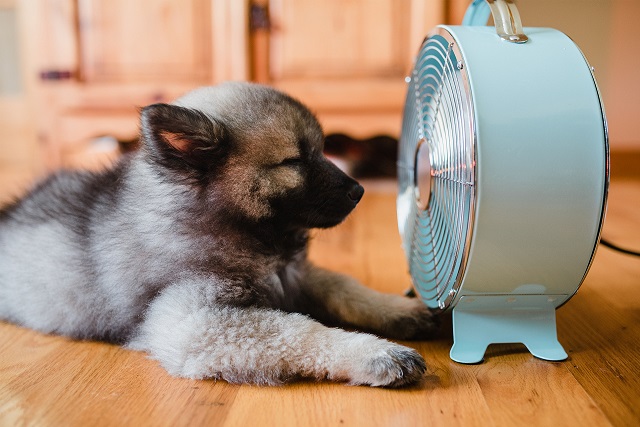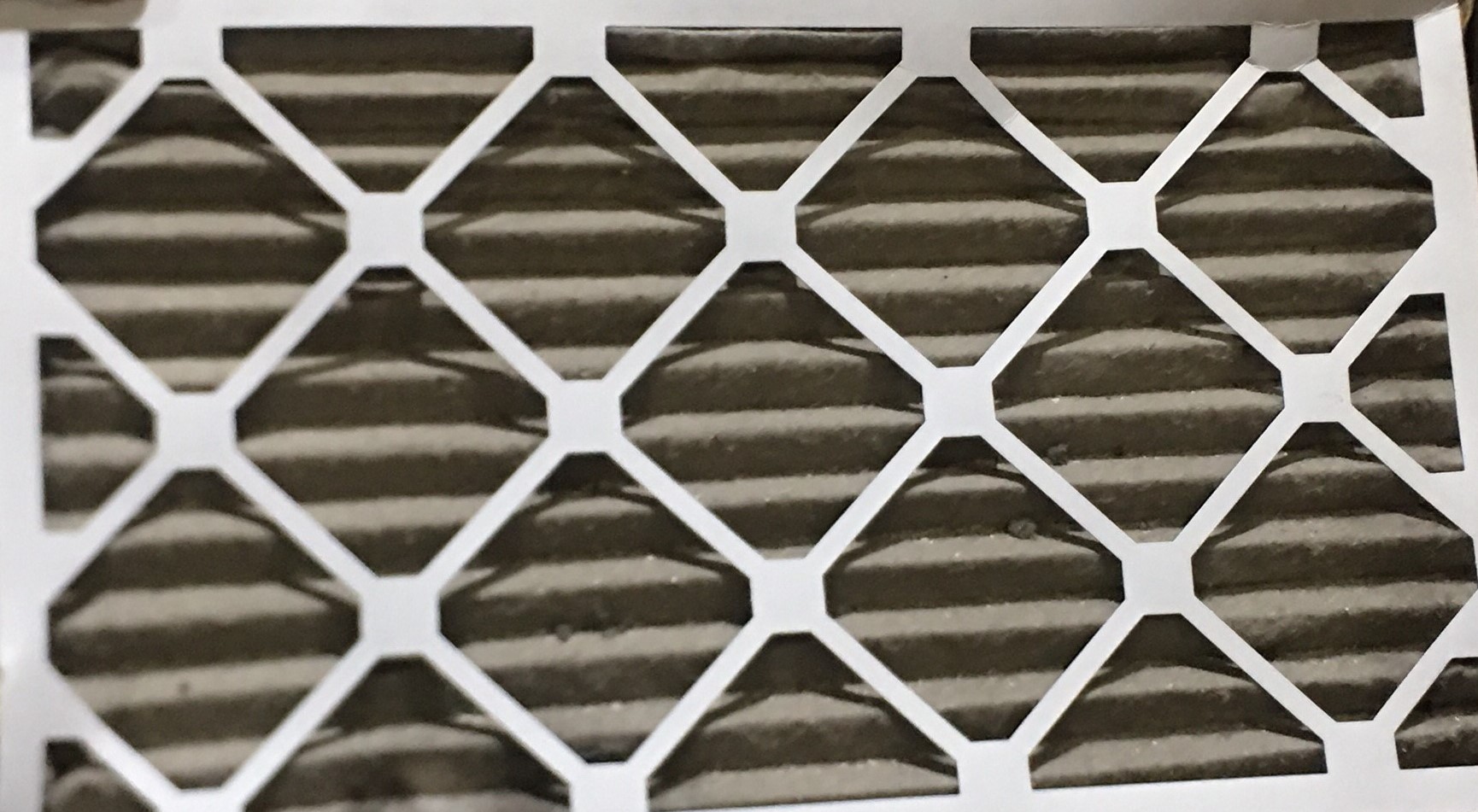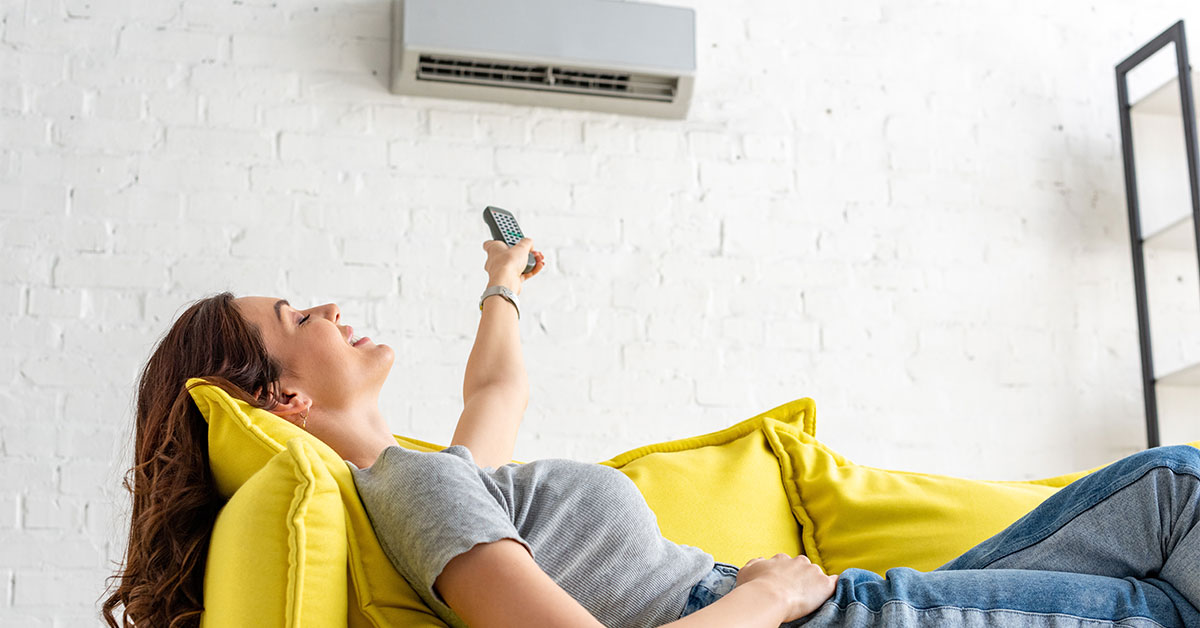Do you have one room hotter in your house than all the others? Maybe it’s a bedroom or an office?
Temperature inconsistencies are one of the most common issues homeowners experience, and they can be aggravating. What gives? And what can you do to solve this problem?
Here are the most common reasons one room in your home is always so hot compared to the rest of the house…
1. Overexposure to Sunlight
In rooms with lots of windows, heat from the sun can become trapped inside and overheat the entire space. Not only can this make certain rooms uncomfortable, but it can increase your energy bills, too.
2. Damaged or Aging Ductwork
Over time, the ductwork within the walls and attic of your home can sustain damage from uneven air pressure (which can be exacerbated if you have closed AC vents in some rooms), leaks, dust, mold, and sometimes even rodents. As a result, cooled air leaks out of the ducts before it reaches some rooms in your home.
If your ductowork is older than 10-15 years, it’s time for an upgrade. The best way to ensure the ducts stay in the best condition possible is to schedule regular HVAC maintenance checks. This way, a technician can foresee problems before they happen. It allows time to either nip the problem in the bud or budget for a repair or replacement.
3. AC System Is Too Small
Air conditioners are not “one-size-fits-all”. There are many factors that come into play to determine the best size for your home: square footage, the number of people living in it, and the height of ceilings, to name a few.
If you install an AC that’s too small for your home, it will not cool the rooms in your house evenly. Rooms that are located farther from the AC system will typically experience warmer temperatures. Also, your home will become more humid, since the AC lacks the capacity to absorb enough moisture inside the structure.
The best choice will likely be to upgrade your air conditioning system. Get in touch with a professional HVAC company if you think this is the cause of the temperature inconsistencies in your home.
4. Thermostat Needs to Move
When you set a temperature on your thermostat, the AC will run until your home reaches said temperature, right? Wrong. The air conditioner will run until the area around the thermostat reaches the temperature you selected.
The thermostat should be installed on an interior wall near the area your family spends most of their time. If you place it on a wall that faces the exterior of your house and it’s a particularly hot day, that wall will heat up quicker than the rest of the house, and that’s the temperature the thermostat will gauge. The same will happen if you install it near the kitchen, laundry room, or near a window where it will receive direct sunlight.
5. Your Home Needs Better Insulation
Poor insulation allows air to escape through the walls. As a result, some rooms may feel warmer or cooler than you prefer, while other rooms are perfectly comfortable.
The best way to determine whether this is an issue in your home is to conduct a home energy audit.
6. You Live in a Multi-Level Home
The top story in multi-level single-family homes tends to be warmer during the summer and cooler during the winter than the rest of the house. The reasons are (a) the thermostat is usually on the first floor, and (b) the top floor has more direct contact with the outside elements.
7. Your Air Vents are Closed or Obstructed
If you have closed your air vents, or your vents are obstructed by furniture or upholstery, proper airflow is being disrupted. This can most certainly cause some rooms in your home to be hotter than others, while placing extra strain on your HVAC system. Keep your supply and return vents open at all times to ensure a comfortable, even temperature throughout your home.
FYI – closed air vents will not improve system efficiency or lower your energy bills!
8. Your Air Filters are Dirty
When was the last time you replaced your air filters? If you can’t remember, dirty air filters could very well be a contributing factor to the uneven temperature in your home. Walk to the warmest room in your house and check the air filters. Are the filters coated with grey dust and dirt? If so, it’s time for them to be replaced. While it is recommended for homeowners to replace their air filters about once per month, there are some factors that can influence the frequency of this simple maintenance task — like how many people live in your home, pets, indoor smoking, etc.
9. Your Home has Old or Poorly Insulated Windows
If you live in a home with old windows, this can be a contributing factor to the problem. Because the temperature outside affects the temperature indoors, you may notice that old windows or windows that are improperly sealed are causing certain rooms to be warmer than others. Re-caulking windows can help prevent air loss, ensuring cooler temperatures remain inside and hot temperatures remain outside.
Having an experienced technician check your air conditioner and ducts is the only way to know for sure what’s causing uneven temperatures in your home and how you can fix them.
Air Conditioning Services in Connecticut
If you’re experiencing temperature inconsistencies in your home with one room hotter than the others and need professional help, contact the professionals at Total Mechanical Systems. We offer services guaranteed to create a consistently comfortable environment throughout your home. Whether you need annual maintenance, a ductless system to take care of your home’s hot spots, or even a new, properly sized AC system altogether, we’ve got you covered. Call our experienced TMS team today!
Source: https://www.sansone-ac.com/one-room-home-hotter-others/










